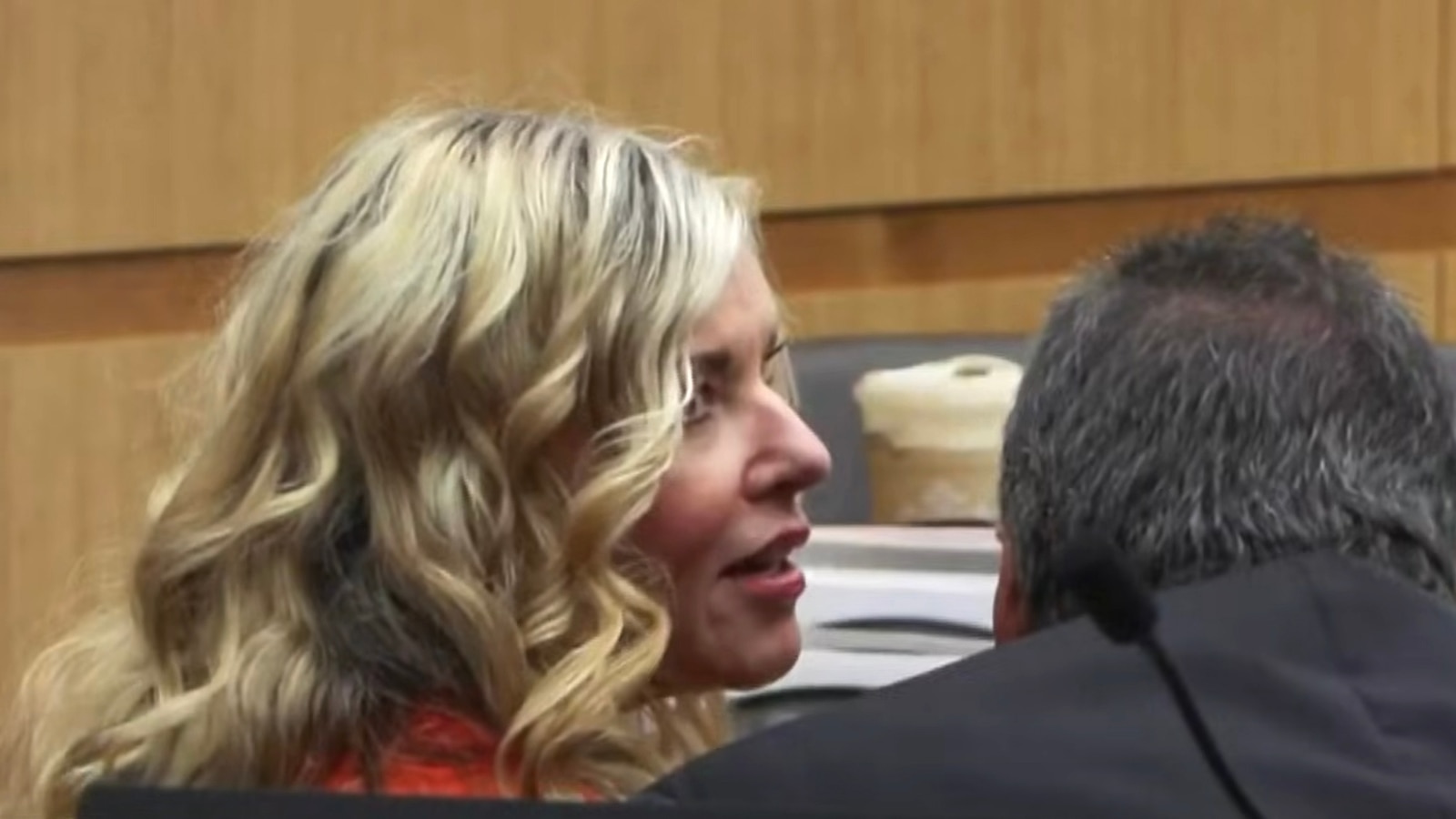What Happened
On July 24, 2025, the U.S. Supreme Court issued a temporary order that blocked a ruling from the 8th Circuit Court of Appeals, which had the potential to further weaken the Voting Rights Act (VRA). The decision came in response to a lawsuit involving Native American tribes and individuals who challenged a North Dakota legislative map under Section 2 of the VRA, which prohibits discriminatory voting practices. The Supreme Court’s order provided a temporary reprieve for the plaintiffs, halting the enforcement of the 8th Circuit’s ruling that private parties could not use federal law to enforce Section 2.
The dissenting opinions from Justices Clarence Thomas, Samuel Alito, and Neil Gorsuch indicated their disagreement with the majority’s decision to grant emergency relief. The dissenting justices did not provide detailed explanations for their stance, as is common in cases decided via the Supreme Court’s shadow docket, which allows for expedited decisions without full briefing or oral arguments. This order is seen as a significant moment for the Voting Rights Act, which has faced increasing scrutiny and challenges in recent years.
Key Details
-
Supreme Court Decision: The Supreme Court’s unsigned order temporarily halted the 8th Circuit’s ruling, which had limited the ability of private parties to enforce Section 2 of the Voting Rights Act.
-
Dissenting Justices: Justices Thomas, Alito, and Gorsuch dissented from the majority’s decision, indicating a divide within the court regarding voting rights issues.
-
Background of the Case: The case originated from a lawsuit filed by Native American tribes and individuals in North Dakota, who argued that the state’s legislative map was discriminatory. They highlighted the state’s historical context of discrimination against Native Americans.
-
Circuit Court Ruling: The 8th Circuit’s ruling was viewed as an outlier compared to other federal appeals courts, which have generally upheld the enforcement of Section 2.
-
Potential Impact: The Supreme Court’s decision is a temporary measure, and the court may later issue a more comprehensive ruling that could further define the scope of the Voting Rights Act.
Multiple Perspectives
The Supreme Court’s decision has elicited varied reactions from legal scholars, civil rights advocates, and political figures. Supporters of the decision argue that it is a necessary step to protect voting rights, especially for marginalized communities such as Native Americans, who have historically faced discrimination. They emphasize the importance of maintaining robust enforcement mechanisms for the Voting Rights Act to ensure fair access to the electoral process.
Conversely, critics of the ruling, particularly those aligned with the dissenting justices, argue that the decision could undermine the principle of judicial restraint and the authority of appellate courts. They contend that allowing private parties to enforce Section 2 could lead to an influx of litigation that complicates the electoral process. This perspective highlights concerns about the balance of power between state legislatures and federal oversight in electoral matters.
Context & Background
The Voting Rights Act, originally passed in 1965, was designed to eliminate barriers to voting for racial minorities. Over the years, various amendments and court rulings have shaped its enforcement. The act’s Section 2 specifically prohibits voting practices that discriminate on the basis of race or color. However, recent years have seen a trend of legal challenges aimed at limiting the scope of the VRA, particularly in Republican-led states.
The 8th Circuit’s ruling was particularly notable because it diverged from the consensus of other federal circuits, raising concerns about inconsistent application of voting rights protections across the country. The Supreme Court’s intervention reflects ongoing tensions surrounding voting rights, especially in the context of increasing partisan polarization and legislative efforts to modify voting laws at the state level.
What We Don’t Know Yet
While the Supreme Court’s temporary order provides immediate relief, the long-term implications for the Voting Rights Act remain uncertain. The court has not yet issued a definitive ruling on the broader issues raised by the 8th Circuit’s decision, leaving open questions about how voting rights will be enforced in the future. Additionally, the potential for further legal challenges and the evolving political landscape could significantly impact the interpretation and application of the Voting Rights Act.
As the situation develops, it will be important to monitor how the Supreme Court addresses these issues in future rulings and how state legislatures respond to the ongoing debates surrounding voting rights and electoral integrity. The complexities of this legal landscape underscore the significance of the Supreme Court’s role in shaping civil rights protections in the United States.


